Launcher
10/01/2022
The small rocket arena has really expanded over the last few years.
The Electron rocket has flown multiple times and demonstrated the use of electronic powered pumps, with battery jettison. Rocket Labs launched the Capstone probe towards the moon recently, demonstrating that the company is ready to join the planetary probe circle. Rocket Lab has also recently announced they are planning to send a probe to Venus to search for signs of life in the atmosphere. This demonstrates their commitment to space exploration.
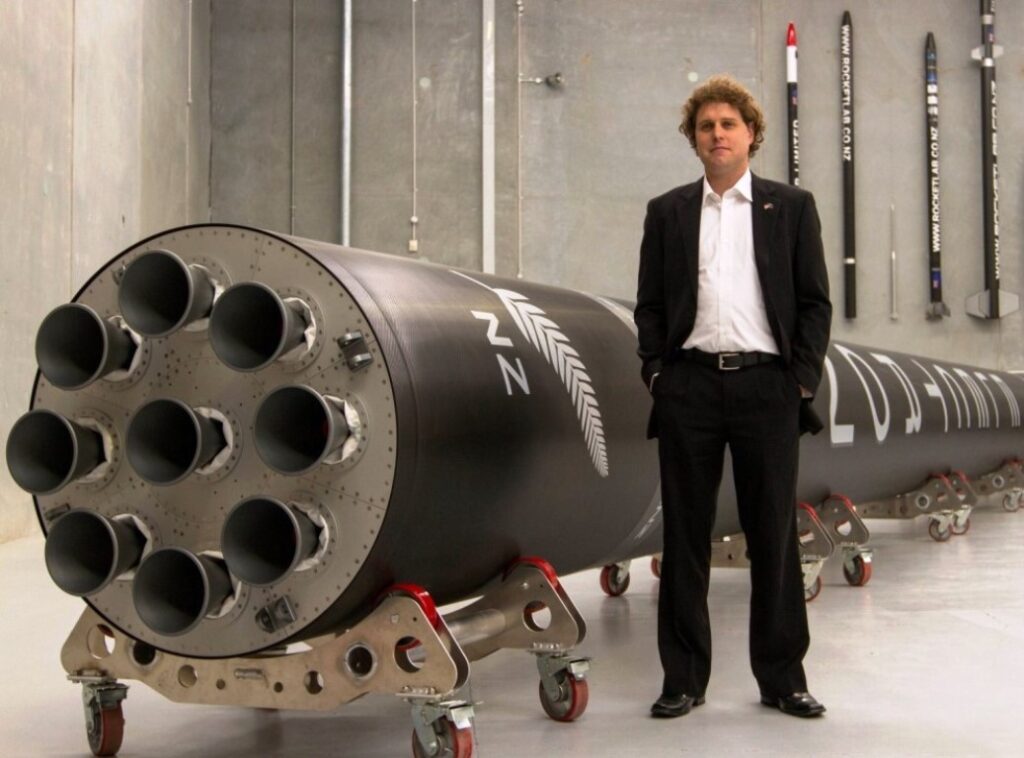

NASA has recently selected a dozen companies to work with them on small satellites. They include Relativity Space. This company is developing a 3D printed rocket, which is really exciting and new. Virgin Orbit has also shown that air launched rockets are still viable, with their Launcher One rocket. Using a smaller rocket means less cost but also constrains the mass of the probe. Using an inflatable heat shield might help out here.
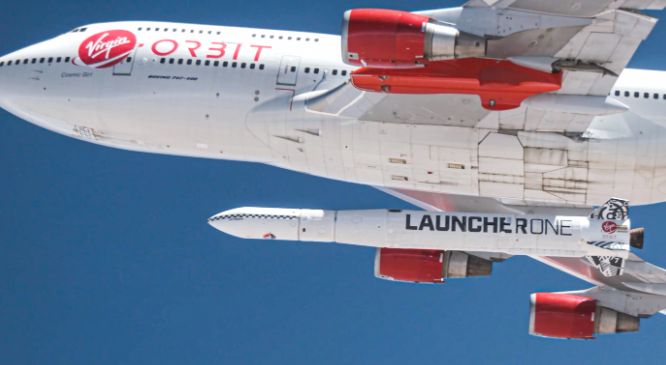
In addition, SpaceX also has rideshare options available. In theory, the payload could share a ride and thus reduce the cost. This would require a kick motor to move the probe into the right trajectory.
6/6/2017
The aeroshell and cruise stage must be placed on a trajectory towards Mars from a base on Earth. By making the mass of these two assemblies as low as possible, the size of the launch vehicle can be reduced. There are multiple options for low cost launch vehicles for small mass (500Kg or so) payloads.
Launch Options include:
- Rockoon. One option is to use a balloon to loft a rocket to high altitude, from which the rocket then launches and places the payload into orbit. This has multiple disadvantages, including problems aiming the rocket from the balloon, and the need for a big balloon (or multiple smaller balloons) to launch the rocket into space.
- Piggyback. This article describes how dozens of satellites the size of soda bottles were placed in orbit from one launch. The aeroshell and cruise stage will be much bigger than these Dove Satellites but could ride along in theory. This option needs a big rocket to launch the main satellite and still have room for the Mars payload.
- Airlaunch. Another option is to launch from air, using an aircraft as a platform much like the venerable X15. This is the method used by Orbital Sciences Pegasus XL. This rocket can launch payloads up to 1.2 meters in diameter, which is mentioned elsewhere in this site as the maximum size for the entry capsule. Cost for these launches has spiraled upwards however.
- Electron. This is a small rocket just being moved into operation by the folks at Rocket Lab. Powered by a kerosene/LOX engine, this rocket can place payloads from 225 kg to 150 kg into 500 km orbits. Their site says the price will be under $5 million per launch. In theory, upgraded versions of these rockets, with more engines and/or larger propellant tanks, would be able to place larger payloads into orbit.
- IOS, is developing a vehicle for launching small satellites. Their four stage Neptune 36 rocket will be able to launch a 1000Kg payload into a polar orbit of 310Km. Their website does not mention how much such a launch would cost however. Nor do they have a lot of detail or launch videos.
Regardless of what rocket is used to launch the probe into orbit, it will probably need a kick motor of some kind to boost it out of Earth orbit and into the trajectory towards Mars. Shown below is a typical such device, massing it at 357 kg. Another option is to use an Earth orbit rendezvous, to dock the probe and a kick motor which are launched separately. This would allow for two small and inexpensive rockets to be used at the cost of implementing docking software.
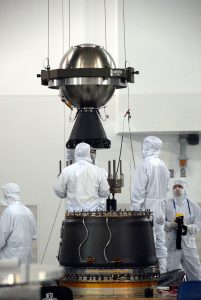
Pegasus XL
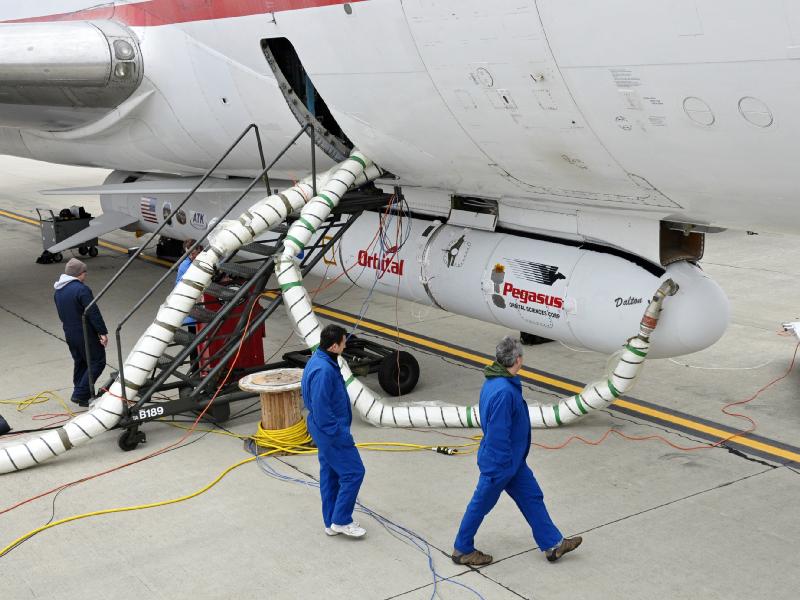
According to the specs for Pegasus, it can loft payloads up to 443 Kg to low Earth orbit with a launch cost of $55 million. Orbital Sciences also has other rockets available, but they cost more per launch than the Pegasus XL. The maximum diameter of the payload is 1.2 meters, which limits the size of the aeroshell.
Rocket lab before first test launch in 2017:
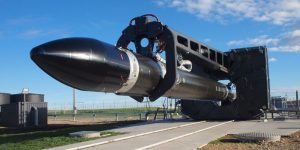
Mass versus altitude for the Electron rocket.

